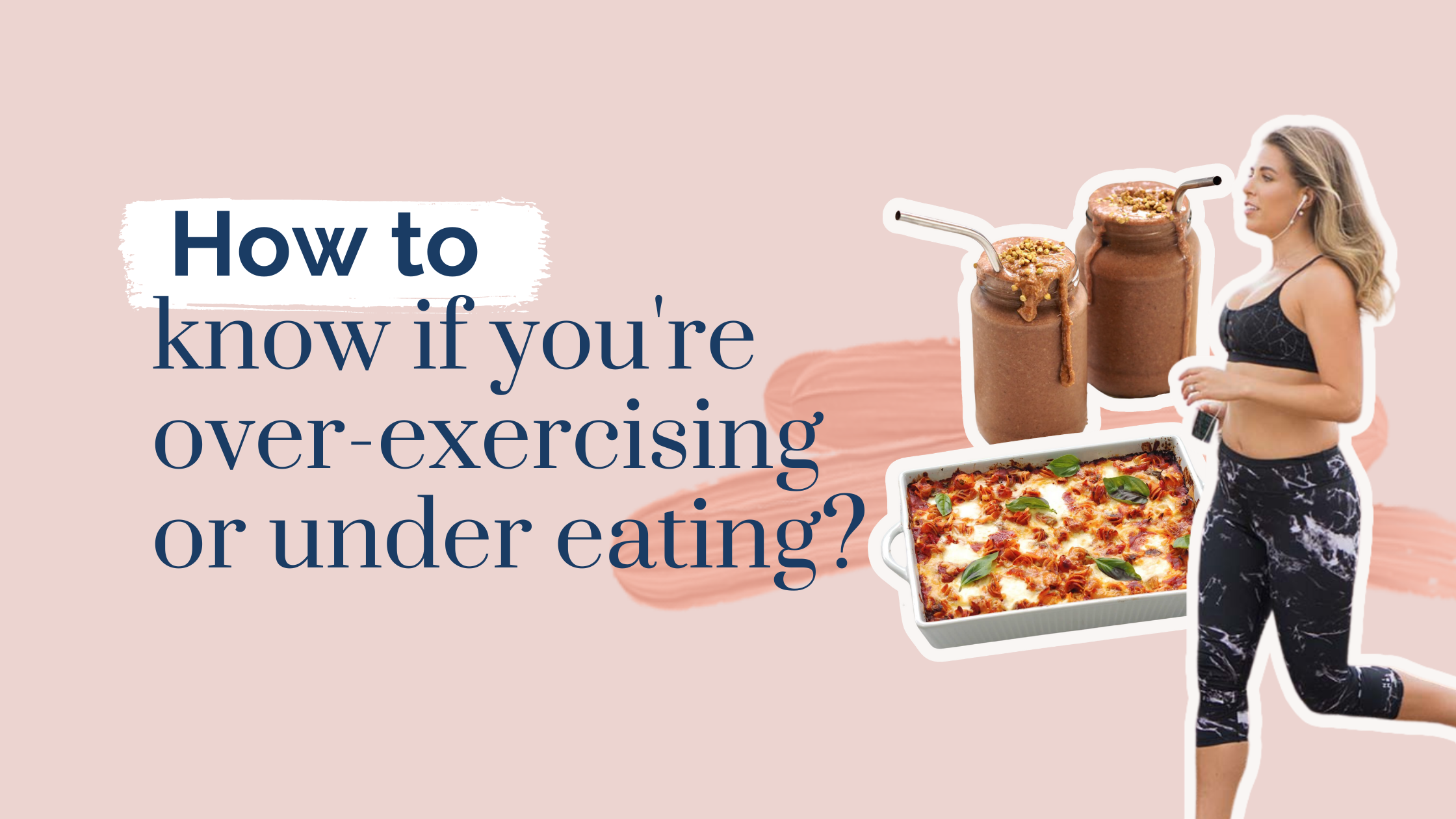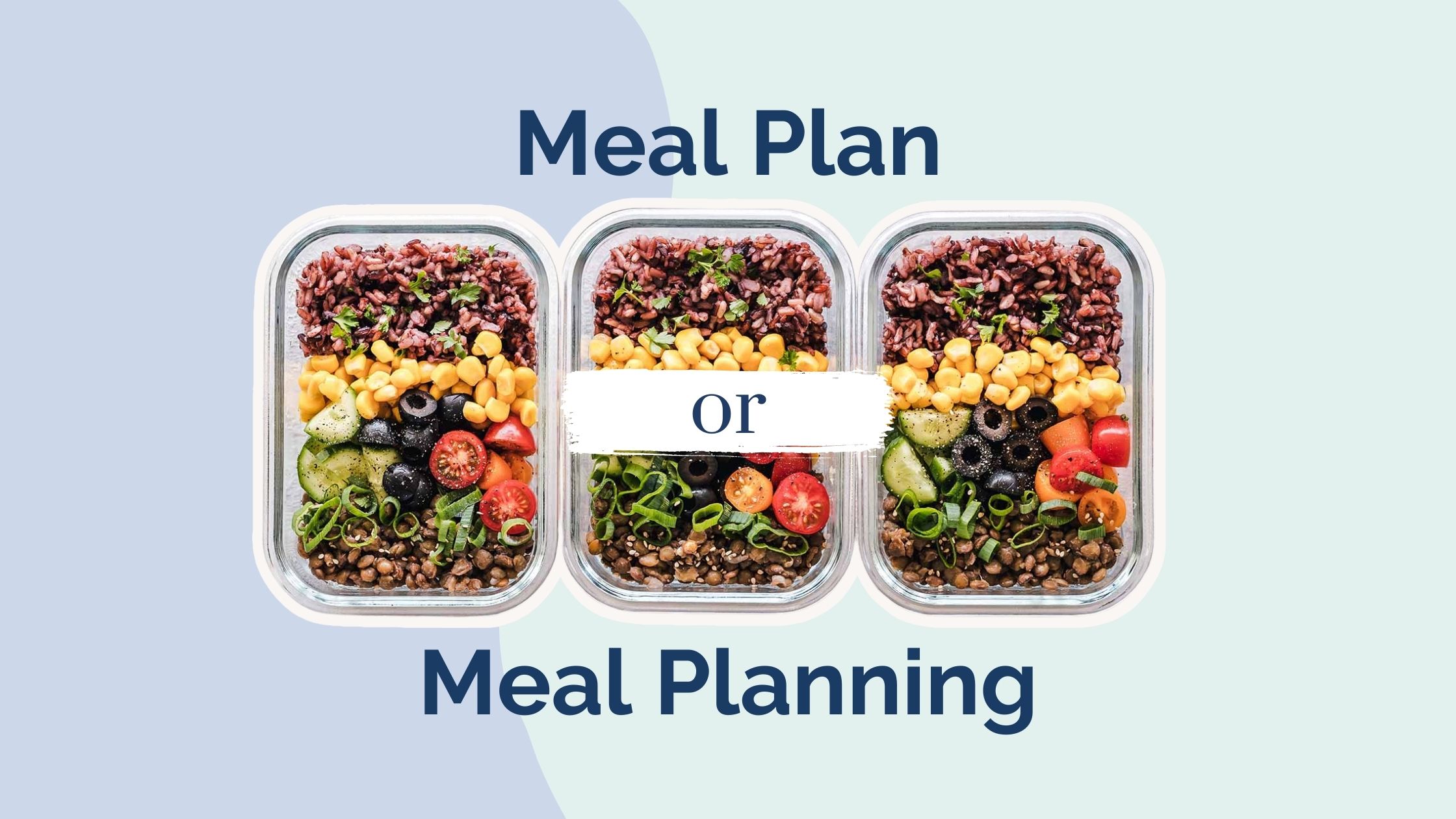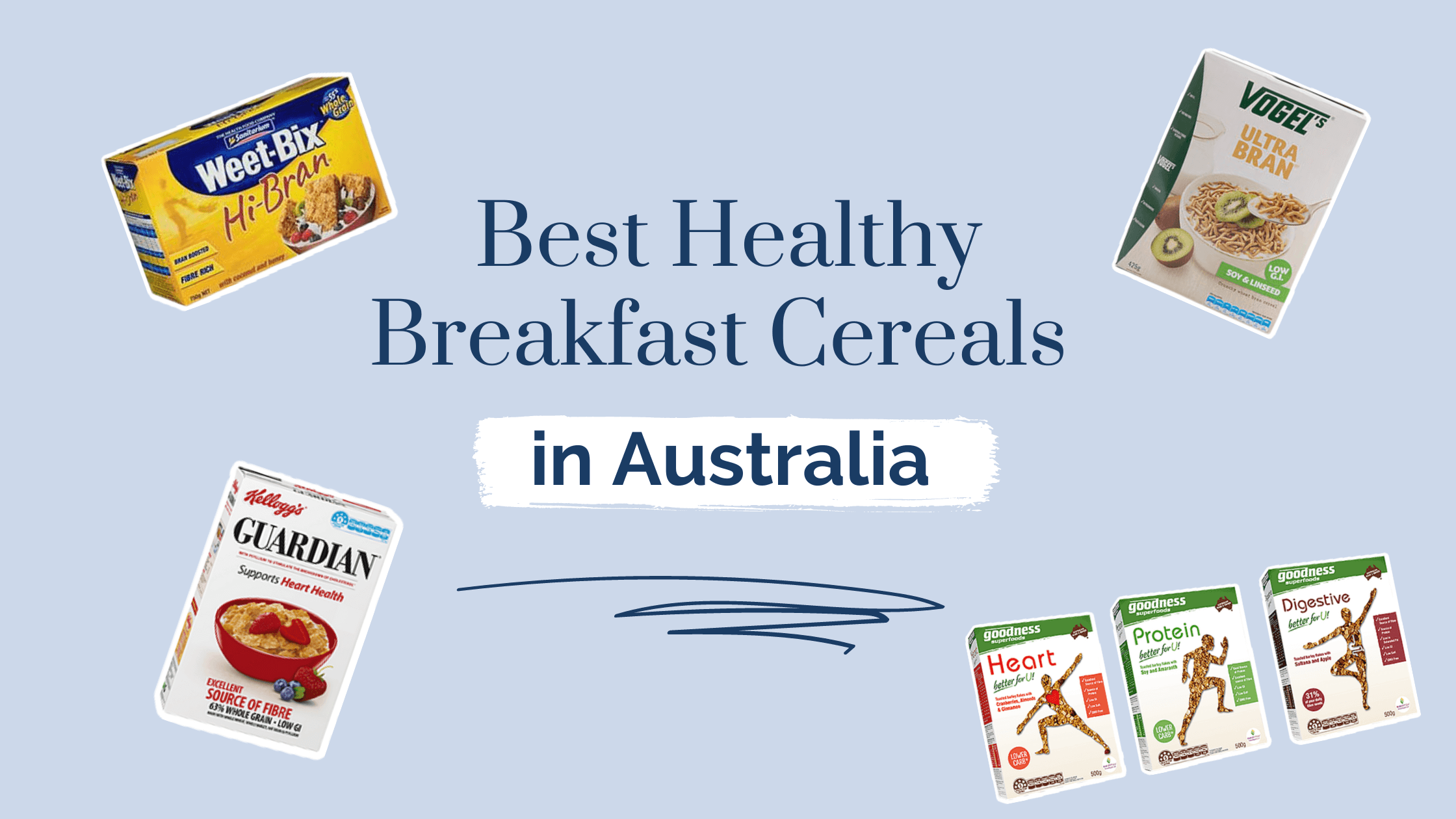How to spot bad health advice online
Healthy eating and nutrition have become confusing, complicated and anxiety-inducing. Here are 4 tips to get media savvy and spot bad health advice.
Each day we are told something new and different about what we should be eating. Eat this superfood, avoid that ‘toxic’ ingredient…
And each week it seems to change or contradict what we heard the week before. It’s hard to keep up!
A few days ago, an article titled 16 low-fat foods that are making you fat was published on media site Mamamia. Written by a journalist, the article tried to explain why you should eat less processed foods and skip low-fat, diet food (amen to that!) however, the article completely misses the mark.

Instead of promoting whole foods and health – the article actually does the opposite. It encourages food-fear. It warns that “salad contains many pitfalls”, says that wraps are “full of carbs” and should be avoided and compares dried fruit with lollies (which is ridiculous). It even mentions one of the things I wish people would stop saying.
I could go on and on but I won’t because this article is just one example of misleading nutrition content making the rounds on social media. Each day, thousands of articles, blog posts, videos, podcasts and pieces of content are created about healthy eating. There is a lot of information out there! And you just can’t believe everything you read – particularly when it comes to nutrition.
In my opinion, if you want to be a conscious consumer of food, then you need to be a conscious consumer of the news, too. If you listen to everything you read, you will end up with a tortured and messed up relationship with food just like I had.
It’s impossible to tune out from the media and it’s overly optimistic of me to think journalists are going to stop writing misleading articles (though – I’ve provided some handy guidelines below for content creators just in case).
So, then it’s up to you to outsmart your news feed. When it comes to health advice, how do you know what to believe and what to dismiss? It’s actually pretty simple once you know what to look out for.

Here are my top tips to help you get media savvy and avoid misleading marketing angles:
1. Review the author
Would you go to a doctor who didn’t have a degree? No way. Would you fly on a plane with an accountant as the pilot? No way. So why take nutrition advice from someone who isn’t an expert on the topic?
Journalists, chefs and YouTubers shouldn’t be dishing our nutrition advice. Just because they have a social media following doesn’t make them a nutrition expert. Just because they have ‘found the light’ when it comes to their eating doesn’t mean they are qualified to dish out advice on your well-being. Don’t let them.
Before taking on nutrition advice, check the author’s qualifications beforehand. If their qualifications don’t stack up, ignore the content, refer to tip #4 and keep scrolling.
2. Words of Warning
Anyone who actually cares about science and your well-being will never use certain words that sensationalise a topic. If you’re reading an article about food and nutrition and you notice one of these words, run a mile. Alarm bells should sound when you see the words:
– “Toxic”
– “Poisonous”
– “Bad” and “good” used to describe food
– “Avoid” or “Never eat this food…”
In fact, people who have no idea about science and nutrition (but think they know a lot about nutrition) love to throw these words around like confetti. Be wary.

Be mindful of the wording used in fear-mongering marketing like this.
3. Use common-sense
If someone is telling you that salad and wraps and fruit are bad for you – then they clearly have no idea what they are talking about. There are no foods you need to avoid because they are ‘toxic’ or ‘poisonous’ or ‘bad’. You don’t need to stop eating anything, it’s all about moderation. Nothing is off-limits to you and anyone who suggests you can’t eat it ever again needs hardcore science to back-up those claims.
Even though you may lack the confidence, I bet you know the basics when it comes to healthy eating better than you realise… It goes like this:
Eat mostly plants (All types of veggies, fruit, nuts, seeds etc)
Eat whole foods, less processed food and cook more from scratch
Eat foods you enjoy
Eat when hungry
Eat mindfully and with respect for food and your body
Eat everything in moderation
4. Unsubscribe/Unfollow/Unfriend
Is there someone on your newsfeed who constantly shares untrustworthy news? Do they share photos that make you feel judgemental of how you eat or look? If so, then unsubscribe, unfollow or unfriend. You have the power to influence your relationship with food. Don’t let anyone else ruin it.
If un-friending seems harsh and impossible, simply turn off notifications for that person or feed.

A Note to Journalists, Advertisers and Content Creators
I’m so glad you stopped by! You can be the solution to the problem of nutrition misinformation. That means you can help people feel better about food, love their bodies and heal their relationship with food just by doing your job. How cool is that?!
I know it ain’t easy to always share the facts because of competing interests, but next time you have a brief, keep these things in mind:
Please don’t focus on what people can’t eat… It can leave us asking “What the hell can I eat anymore!?” Instead of writing “8 foods that you should avoid” try a more positive angle like “8 foods a nutritionist always eats”.
Writing on a topic you didn’t study at University? Not a problem. Use experts to provide comments. I’m always free to chat about nutrition and I bet plenty of other professionals are keen too. Reach out to the professionals.
Know that your words affect people. Your words are powerful. Use them to improve people’s lives. If your boss or manager keeps asking you to write misleading content with a negative, sensationalised slant, find a more fulfilling job.





